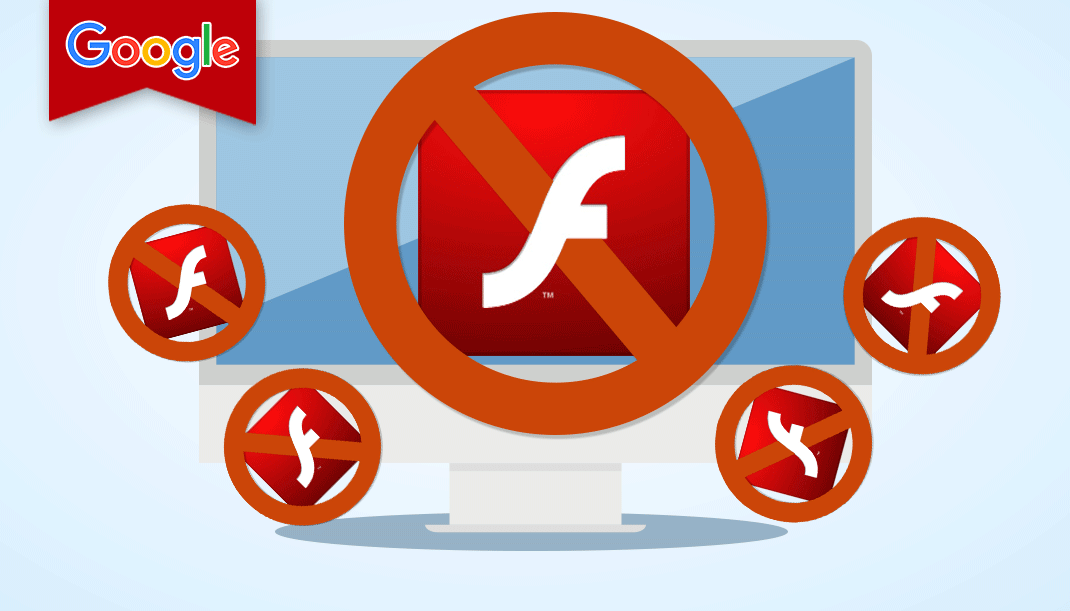Chrome to Begin Pausing Flash Ads by Default to Improve User Experience this September
On June 5, 2015, the Google AdWords team announced that Chrome would begin pausing many Flash ads by default to improve user experience. While acknowledging that interactive media and video gives consumers rich and engaging experiences, the AdWords team also acknowledged that such media can negatively impact browser speed and battery life.
Back in March, Chrome introduced a setting that was designed to increase page-load speeds and reduce power consumption by pausing certain plugin content (which included many Flash ads). The new setting would be turned on by default by September to enable Chrome users to enjoy faster performance and view more content before charging their batteries.
On August 28, 2015, the AdWords team reminded account owners about the impending roll out on September 1st. Though most Flash ads uploaded to AdWords are automatically converted to HTML5, the process isn’t always seamless. To ensure that account owners’ ads would continue to show on the Google Display Network, the AdWords’ team advised account owners to follow these steps before September 1st:
- Identify Flash ads in their account that aren’t eligible for automatic conversion.
- Convert these Flash ads to HTML5 ads. Account owners can convert their Flash ads to HTML5 ads using any of the following methods: (a) automatic conversion by AdWords; (b) create HTML5 ads with Google tools; (c) uploading one’s own HTML5 ads.
While Adobe Flash is still widely used to host multimedia content, security and performance issues have prompted calls to convert multimedia content into the more secure HTML5. “Using HTML5 to design your ads can help you reach the widest possible audience, including Chrome users, across devices and screens,” noted the AdWords Help page.
Google tactfully chose not to highlight the unresolved security vulnerabilities in Flash (though this remains one of the most common ways for malware to infiltrate computers). While Adobe has taken measures in recent years to boost Flash’s security updates and code reviews, it is still widely used by hackers to infiltrate computer systems.
With these and other pending technical improvements, Chrome users can look forward to better and more secure browsing experiences.
Marketing Digest Writing Team
Latest posts by Marketing Digest Writing Team (see all)
- How Taco Bell Struck Gold with Its Memorable Viral Marketing Campaigns - September 15, 2015
- Salesforce Marketing Cloud Releases New Instagram Marketing Tools - September 12, 2015
- Chrome Begins Pausing Flash Ads by Default to Improve User Experience - September 3, 2015

